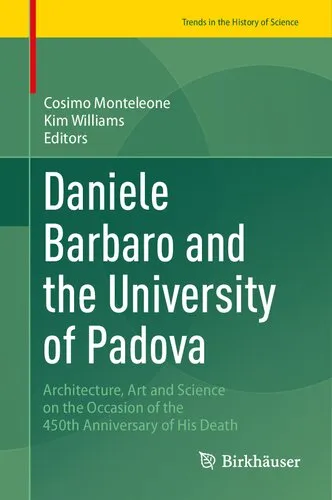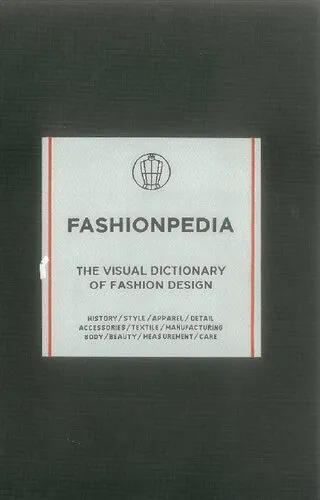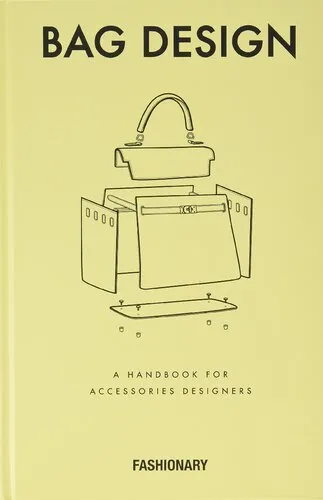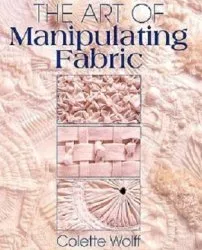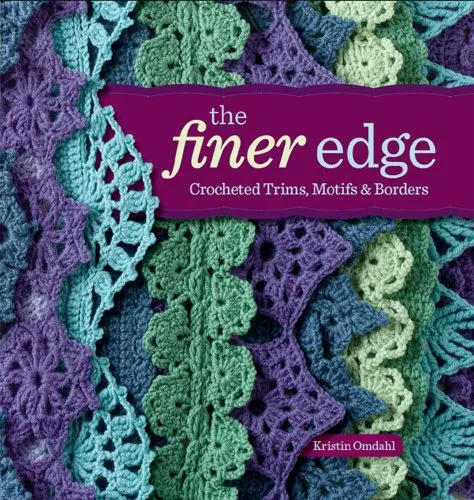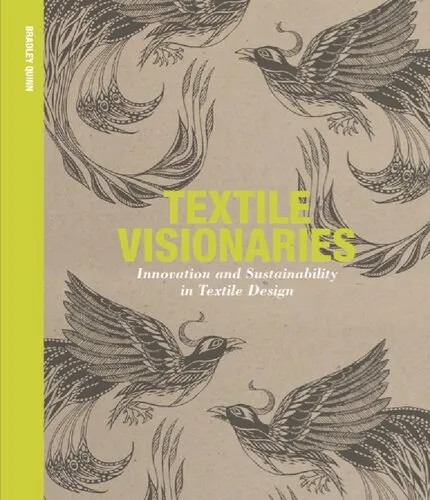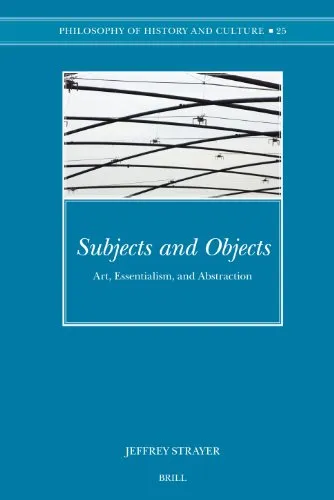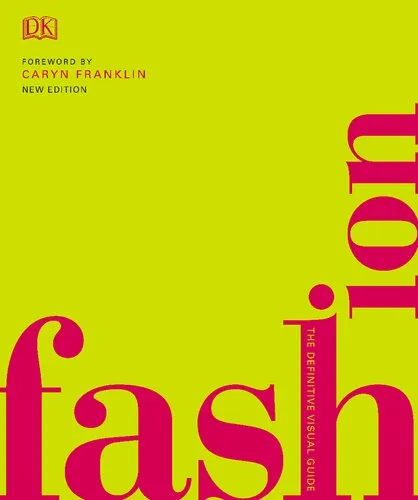Daniele Barbaro and the University of Padova: Architecture, Art and Science on the Occasion of the 450th Anniversary of His Death
4.5
بر اساس نظر کاربران

شما میتونید سوالاتتون در باره کتاب رو از هوش مصنوعیش بعد از ورود بپرسید
هر دانلود یا پرسش از هوش مصنوعی 2 امتیاز لازم دارد، برای بدست آوردن امتیاز رایگان، به صفحه ی راهنمای امتیازات سر بزنید و یک سری کار ارزشمند انجام بدینکتاب های مرتبط:
مقدمه
کتاب Daniele Barbaro and the University of Padova: Architecture, Art and Science on the Occasion of the 450th Anniversary of His Death یک اثر برجسته و جامع است که زندگی، نقشآفرینیها و دستاوردهای قابل توجه دانیله باربارو (Daniele Barbaro) را در زمینههای مختلف هنر، معماری و علم بررسی میکند. این کتاب به مناسبت چهارصد و پنجاهمین سالگرد درگذشت باربارو منتشر شده است و بهویژه بر روابط او با دانشگاه پادوا تمرکز دارد. این دانشگاه، بهعنوان یکی از قدیمیترین و معتبرترین دانشگاههای جهان، نقشی کلیدی در شکلگیری اندیشهها و نوآوریهای باربارو ایفا کرد.
خلاصهای از کتاب
این کتاب به پنج بخش اصلی تقسیم شده است که هر یک جنبههای متفاوتی از زندگی و کار دانیله باربارو را تحلیل میکند. نویسندگان تلاش کردهاند تا باربارو را به عنوان یک شخصیت پیچیده و چندبعدی بازنمایی کنند؛ شخصی که بهعنوان معمار، مترجم، نویسنده، و دانشمند شناخته میشود.
- بررسی زندگی شخصی و تاثیرات فرهنگی او در دوره رنسانس.
- تحلیل مشارکتهای او در زمینه معماری، با تاکید ویژه بر نقش او در ترویج طراحیهای پالادیو (Palladio).
- توجه خاص به مطالعات علمی باربارو، از جمله کارهای او در رشته نورشناسی (Optics) و ترجمه De architectura اثر ویتروویوس (Vitruvius).
- نقش او در دانشگاه پادوا بهعنوان بستری برای تبادل علم و هنر.
- ارتباط نزدیک او با سایر چهرههای مشهور دوران رنسانس و تاثیر متقابل هنری و علمی.
نکات کلیدی کتاب
این کتاب خوانندگان را به تعدادی از نکات کلیدی در مورد زندگی و دستاوردهای دانیله باربارو هدایت میکند:
- باربارو نهتنها یک معمار، بلکه یک متفکر بود که بهطور مستمر مرزهای دانش و هنر را گسترش داد.
- اهمیت پالادیو در تاریخ معماری قابل درک نیست مگر با توجه به ارتباط او با باربارو.
- ترجمههای باربارو از آثار کلاسیک، بهویژه De architectura، تاثیری ماندگار در فرهنگ علمی و هنری اروپا گذاشت.
- دانشگاه پادوا بهعنوان مرکز دانش و هنر نقش کلیدی در تبلور استعدادهای باربارو بازی کرد.
جملات معروف از کتاب
"Daniele Barbaro combined the precision of a scientist, the imagination of an artist, and the vision of an architect to redefine the boundaries of human knowledge."
"The University of Padova was not just a place of study for Barbaro; it was a crucible of inspiration where his ideas met those of great thinkers."
چرا این کتاب مهم است؟
این کتاب به طور ویژه برای پژوهشگرانی که به معماری رنسانس، هنر و علوم علاقهمند هستند اهمیت دارد. همچنین این اثر نقطه تلاقی میان مطالعات تاریخی و بررسی فلسفه دانش در دورهای است که خاستگاه بسیاری از نوآوریهای فرهنگی و علمی محسوب میشود. ترکیب دقیق اطلاعات تاریخی و تحلیلهای علمی این کتاب را به منبعی ارزشمند برای مطالعه دوران رنسانس و درک تأثیرات آن در زمان حال تبدیل کرده است.
علاوه بر این، این کتاب به شناساندن رابطههای پیچیده بین هنرمندان، دانشمندان و دانشگاهها در قرن شانزدهم میپردازد. به این ترتیب، الگویی تازه برای استفاده از تاریخ در زمینههای مختلف فرهنگ و هنر ارائه میدهد.
Introduction to "Daniele Barbaro and the University of Padova: Architecture, Art and Science on the Occasion of the 450th Anniversary of His Death"
Daniele Barbaro (1514–1570), a pivotal figure of the Italian Renaissance, remains a towering intellect whose contributions to art, architecture, and science continue to resonate centuries after his passing. To honor the 450th anniversary of his death, this book, "Daniele Barbaro and the University of Padova: Architecture, Art and Science,” delves deeply into the life, work, and enduring legacy of Barbaro with a focus on his profound ties to the iconic University of Padova. Through meticulous research and analysis, it showcases the extraordinary confluence of knowledge, innovation, and humanistic inquiry that defined both Barbaro and his era.
The Renaissance was a time of remarkable intellectual flourishing, and figures like Barbaro epitomized the integration of diverse disciplines at a time when the boundaries between science, art, and architecture were fluid. The book explores how this polymath was not only instrumental in advancing the architectural treatises of Vitruvius but also collaborated with celebrated contemporaries like Andrea Palladio. Additionally, it examines how his deep inquisitiveness enabled him to shape discourses around scientific discovery, artistic techniques, and the governing philosophies of humanist education. The University of Padova, one of Europe’s oldest and most prestigious educational institutions, sits at the heart of this cultural and intellectual narrative.
Richly contextualized within the Renaissance milieu, this book examines Barbaro’s achievements through academic, architectural, and cultural lenses, appealing to readers interested in history, art, and the enduring legacy of cross-disciplinary thought.
Summary of the Book
This book is divided into strategic sections that trace Daniele Barbaro's life, intellectual pursuits, and cultural influence.
The opening sections shed light on Barbaro's early education and his formative years at the University of Padova. These chapters vividly portray the intellectual climate of Padova during the Renaissance, where scientific discovery merged seamlessly with humanistic studies. Barbaro, with his sharp intellect and aristocratic background, became a vital figure in this environment.
Subsequent chapters delve into Barbaro's groundbreaking work on translating and interpreting Vitruvius's De Architectura, a seminal architectural treatise. The text gave Renaissance architects, including Andrea Palladio, a blueprint for designing idealized classical structures. Palladio’s collaboration with Barbaro is explored in depth, showcasing how their partnership bridged theoretical knowledge and architectural ingenuity.
Another important focus of the book is Barbaro’s contributions to optics and scientific inquiry. It explores his engagement with cutting-edge Renaissance science and technology, illustrating his role in translating complex ideas into accessible and applicable knowledge. His interest in natural sciences and his experiments with perspective are discussed in relation to their influence on art and architecture.
Finally, the book evaluates the broader impacts of Barbaro’s intellectual achievements. It highlights how his fusion of disciplines set an enduring standard for interdisciplinary pursuits and solidified the University of Padova’s reputation as a hub for innovation and scholarly excellence.
Key Takeaways
- Daniele Barbaro exemplified the Renaissance ideal of a polymath, bridging the realms of art, architecture, and science.
- Collaboration with Andrea Palladio resulted in architectural innovations that continue to influence modern design principles.
- Barbaro’s translation and commentary on Vitruvius’s De Architectura made classical architecture accessible to Renaissance audiences.
- His scientific explorations, especially in optics and perspective, catalyzed advancements in Renaissance art and visualization techniques.
- The University of Padova played a critical role in nurturing Barbaro’s intellectual vitality and remains a symbol of his legacy.
Famous Quotes from the Book
"Barbaro’s intellectual legacy serves as a timeless reminder that art, science, and architecture are not separate domains but expressions of a unified human quest for meaning and beauty."
"In Bridging the theoretical and the practical, Daniele Barbaro redefined the boundaries of the possible during the Renaissance."
"Through the virtuous lens of Vitruvian principles, Barbaro gifted the Renaissance a language for constructing both buildings and ideas."
Why This Book Matters
The significance of "Daniele Barbaro and the University of Padova” lies in its ability to highlight the enduring importance of interdisciplinary thought. At a time when specialized knowledge often dominates, Barbaro’s Renaissance approach to synthesizing art, science, and architectural theory provides a blueprint for integrating diverse fields of study in pursuit of holistic understanding.
Moreover, the book underscores the pivotal role of educational institutions such as the University of Padova in fostering intellectual growth and collaboration. Barbaro stands as a model for scholars and practitioners alike—his legacy encourages modern thinkers to explore the intersections between their respective disciplines and to embrace curiosity as the driver of discovery and innovation.
دانلود رایگان مستقیم
شما میتونید سوالاتتون در باره کتاب رو از هوش مصنوعیش بعد از ورود بپرسید
دسترسی به کتابها از طریق پلتفرمهای قانونی و کتابخانههای عمومی نه تنها از حقوق نویسندگان و ناشران حمایت میکند، بلکه به پایداری فرهنگ کتابخوانی نیز کمک میرساند. پیش از دانلود، لحظهای به بررسی این گزینهها فکر کنید.
این کتاب رو در پلتفرم های دیگه ببینید
WorldCat به شما کمک میکنه تا کتاب ها رو در کتابخانه های سراسر دنیا پیدا کنید
امتیازها، نظرات تخصصی و صحبت ها درباره کتاب را در Goodreads ببینید
کتابهای کمیاب یا دست دوم را در AbeBooks پیدا کنید و بخرید
1218
بازدید4.5
امتیاز0
نظر98%
رضایتنظرات:
4.5
بر اساس 0 نظر کاربران
Questions & Answers
Ask questions about this book or help others by answering
No questions yet. Be the first to ask!
